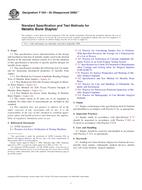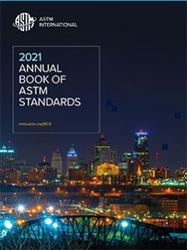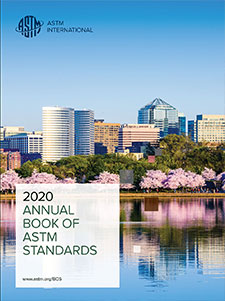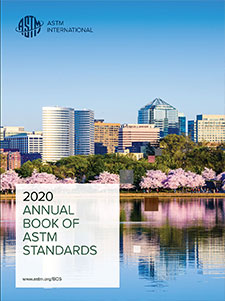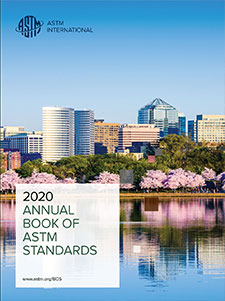Description
1.1 This specification covers characterization of the design and mechanical function of metallic staples used in the internal fixation of the muscular skeletal system. It is not the intention of this specification to describe or specify specific designs for metallic bone staples.
1.2 This specification includes the following four test methods for measuring mechanical properties of metallic bone staples:
1.2.1 Test Method for Constant Amplitude Bending Fatigue Tests of Metallic Bone Staples–Annex A1.
1.2.2 Test Method for Pull-Out Fixation Strength of Metallic Bone Staples–Annex A2.
1.2.3 Test Method for Soft Tissue Fixation Strength of Metallic Bone Staples–Annex A3.
1.2.4 Test Method for Elastic Static Bending of Metallic Bone Staples–Annex A4.
1.3 The values stated in SI units are to be regarded as standard. No other units of measurement are included in this standard.
1.4 This standard does not purport to address all of the safety concerns, if any, associated with its use. It is the responsibility of the user of this standard to establish appropriate safety and health practices and determine the applicability of regulatory limitations prior to use.
A1.1.1 This test method covers procedures for the performance of constant amplitude fatigue testing of metallic staples used in internal fixation of the musculoskeletal system. This test method may be used when testing in air at ambient temperature or in an aqueous or physiological solution.
A1.1.2 The values stated in SI units are to be regarded as standard. No other units of measurement are included in this standard.
A1.1.3 This standard does not purport to address all of the safety concerns, if any, associated with its use. It is the responsibility of the user of this standard to establish appropriate safety and health practices and determine the applicability of regulatory limitations prior to use.
A2.1.1 This test method covers testing of the hard tissue pull-out fixation strength of metallic staples used in the internal fixation of the musculoskeletal system. This test method may be used with physiologic bone or a synthetic substitute. It may also be used when testing in an aqueous or physiological solution.
A2.1.2 The values stated in SI units are to be regarded as standard. No other units of measurement are included in this standard.
A2.1.3 This standard does not purport to address all of the safety concerns, if any, associated with its use. It is the responsibility of the user of this standard to establish appropriate safety and health practices and determine the applicability of regulatory limitations prior to use.
A3.1.1 This test method covers testing the soft tissue fixation strength of metallic staples used in internal fixation of the musculoskeletal system. This test method may be used with physiologic soft tissue and bone or synthetic substitutes for either, or both. This test method may also be used when testing in an aqueous or physiological solution.
A3.1.2 The values stated in SI units are to be regarded as standard. No other units of measurement are included in this standard.
A3.1.3 This standard does not purport to address all of the safety concerns, if any, associated with its use. It is the responsibility of the user of this standard to establish appropriate safety and health practices and determine the applicability of regulatory limitations prior to use.
A4.1.1 This test method covers a procedure for determining the rigidity of bone staples.
A4.1.2 The values stated in either SI units or inch-pound units are to be regarded separately as standard. The values stated in each system may not be exact equivalents; therefore, each system shall be used independently of the other. Combining values from the two systems may result in non-conformance with the standard.
A4.1.3 This standard does not purport to address all of the safety concerns, if any, associated with its use. It is the responsibility of the user of this standard to establish appropriate safety and health practices and determine the applicability of regulatory limitations prior to use.
Product Details
- Published:
- 03/01/2006
- Number of Pages:
- 12
- File Size:
- 1 file , 220 KB
- Redline File Size:
- 2 files , 410 KB

